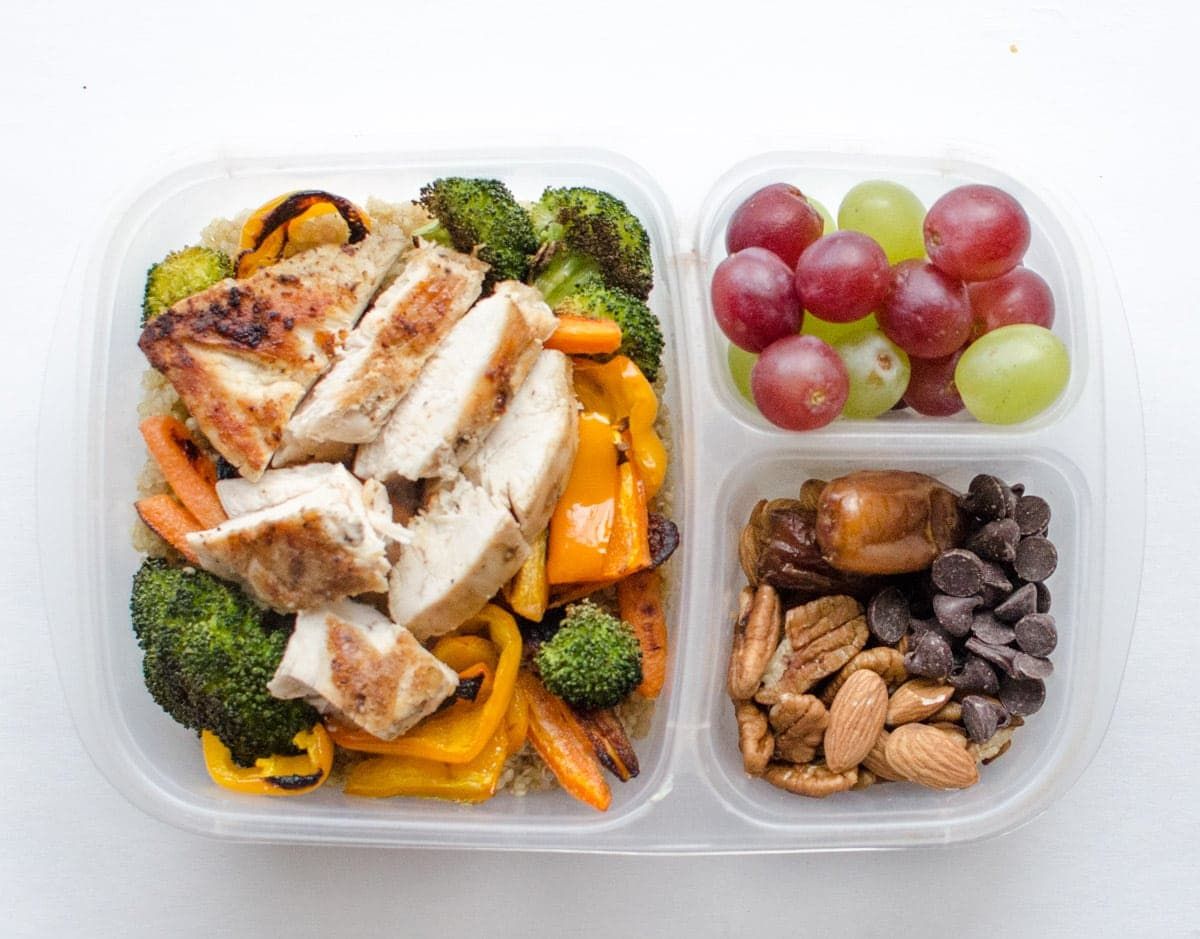

Articles
How To Get Smell Out Of Lunch Box
Modified: January 21, 2024
Discover effective articles on how to remove unpleasant smells from your lunch box and keep it fresh and odor-free.
(Many of the links in this article redirect to a specific reviewed product. Your purchase of these products through affiliate links helps to generate commission for Storables.com, at no extra cost. Learn more)
Introduction
Having a lunch box is a convenient way to bring your meals and snacks with you on the go. However, over time, lunch boxes can develop unpleasant odors that can be quite off-putting. The smell may be a result of food spills, bacteria growth, or simply the accumulation of various food odors.
So, why does your lunch box smell? Well, when you pack your lunch in the morning, you are essentially trapping all the odors within the confined space of the lunch box. Without proper cleaning and maintenance, these odors can linger and intensify, causing an unpleasant smell that may even permeate the food you pack.
In this article, we will explore different methods to effectively get rid of odors from your lunch box. These methods are simple, budget-friendly, and use common household items. Additionally, we will discuss some preventive measures to keep your lunch box smelling fresh and clean for longer periods.
It is important to note that while these methods are generally safe and effective for most lunch box materials, such as plastic, metal, or fabric, it is always a good idea to check the manufacturer’s instructions for specific cleaning recommendations.
Now, let’s dive into the different methods you can use to eliminate those unpleasant odors and restore your lunch box to its fresh state.
Key Takeaways:
- Regularly cleaning your lunch box with simple household items like soap, baking soda, vinegar, lemon juice, or a bleach solution can effectively eliminate odors and maintain a fresh, hygienic environment for your meals.
- Implementing preventive measures such as emptying and rinsing your lunch box immediately after each use, using odor-absorbing materials like baking soda or activated charcoal, and storing your lunch box properly can significantly reduce the chances of odors developing and ensure a pleasant meal experience.
Read more: How To Get Smell Out Of Freezer
Why Does My Lunch Box Smell?
If you’ve ever opened your lunch box and been greeted by an unpleasant odor, you may be wondering why it happens in the first place. Several factors contribute to the development of odors in your lunch box:
- Food Spills: Accidental spills and leaks from food containers can leave behind residue that can emit odors. These spills often go unnoticed and can lead to bacteria growth and mold formation.
- Bacterial Growth: When food particles are left in your lunch box for an extended period, bacteria can begin to thrive. Bacteria break down the food, producing byproducts that contribute to the foul smell.
- Accumulated Food Odors: Even if your lunch box is relatively clean, the accumulation of various food odors over time can create an unpleasant scent. The combination of different aromas can result in a strong and lingering odor.
- Inadequate Cleaning: If you’re not cleaning your lunch box thoroughly and regularly, it becomes a breeding ground for bacteria and mold. Neglecting proper cleaning practices allows odors to accumulate and intensify.
It’s essential to address these factors and take proactive steps to eliminate the odors in your lunch box. By understanding the causes of the smell, you can employ effective cleaning methods to get rid of the unpleasant odors and ensure a fresh and enjoyable lunch experience.
Cleaning Your Lunch Box
To eliminate the odors in your lunch box, it’s crucial to clean it thoroughly and regularly. Here are several methods you can use to clean your lunch box:
Method 1: Soap and Water
The simplest and most common method to clean your lunch box is to use soap and water. Start by emptying your lunch box and removing any food remnants or packaging. Then, fill your sink with warm water and add a few drops of dish soap. Use a sponge or cloth to scrub the interior and exterior of the lunch box, paying special attention to any stained or sticky areas. Rinse it thoroughly with water and allow it to air dry before using it again.
Method 2: Baking Soda
Baking soda is a natural deodorizer and can help eliminate odors from your lunch box. Make a paste by mixing baking soda with water, and apply it to any areas with stubborn stains or lingering smells. Let it sit for a few minutes, then scrub with a sponge or toothbrush. Rinse thoroughly with water and allow it to dry.
Read more: How To Get Smells Out Of Furniture
Method 3: Vinegar
Vinegar is another effective natural cleaner and deodorizer. Mix equal parts of white vinegar and water in a spray bottle. Spray the solution onto the surfaces of your lunch box, including the interior and exterior. Let it sit for a few minutes, then wipe it clean with a cloth or sponge. Rinse with water and let it air dry.
Method 4: Lemon Juice
Lemon juice, with its acidic properties, can help remove tough stains and odors. Squeeze fresh lemon juice onto a sponge or cloth, and use it to scrub the surfaces of your lunch box. Rinse with water and allow it to dry. The citrusy aroma of lemon will leave your lunch box smelling fresh.
Method 5: Bleach Solution
If your lunch box is made of a sturdy material such as plastic or metal, you can use a diluted bleach solution to deep clean and disinfect it. Mix one teaspoon of bleach with one quart of water. Dip a cloth or sponge into the solution and thoroughly wipe down all surfaces of the lunch box. Rinse it well with water and let it air dry completely before using it again. Be cautious when using bleach and make sure to follow the manufacturer’s instructions and safety guidelines.
Remember to check the care instructions provided by the lunch box manufacturer before using any cleaning methods to ensure that you won’t damage the material or compromise its safety.
Method 1: Soap and Water
The simplest and most common method to clean your lunch box is to use soap and water. This method is effective for removing general dirt, food residue, and mild odors. Here’s how you can clean your lunch box using soap and water:
- Empty the Lunch Box: Start by emptying your lunch box and removing any food remnants, wrappers, or packaging.
- Prepare the Cleaning Solution: Fill your sink or a basin with warm water and add a few drops of dish soap. Swirl the water to create a soapy solution.
- Scrub the Interior and Exterior: Take a sponge or a soft cloth and dip it into the soapy solution. Scrub the interior and exterior surfaces of your lunch box, paying special attention to any stained or sticky areas. Use gentle to moderate pressure, depending on the material of your lunch box, to avoid scratches.
- Clean the Lid and Seal: Don’t forget to clean the lid and any seals or crevices that may harbor trapped food particles. Use a toothbrush or a small brush to clean those hard-to-reach areas thoroughly.
- Rinse the Lunch Box: After scrubbing, rinse the lunch box with clean water to remove any soap residue. Ensure that all the soap has been thoroughly rinsed off to prevent any unwanted taste or smell.
- Dry the Lunch Box: Once rinsed, shake off any excess water and wipe the lunch box with a clean towel or let it air dry. Make sure it is completely dry before storing it or using it again, as moisture can contribute to the growth of bacteria and odors.
Remember, regular cleaning is essential to prevent odors from developing in your lunch box. Aim to clean your lunch box at least once a week, or after each use if possible, to ensure a fresh and hygienic environment for your food.
While soap and water are generally safe for most lunch box materials, take note of any specific cleaning instructions provided by the manufacturer. Some lunch boxes may be dishwasher-safe, allowing for easy and convenient cleaning. However, it’s always best to check the care instructions to avoid damaging the lunch box.
By regularly cleaning your lunch box with soap and water, you can maintain a clean and fresh-smelling lunch box that enhances your mealtime experience.
Read more: How To Get Smell Out Of A Dresser
Method 2: Baking Soda
Baking soda is a versatile and natural cleaning agent that can help eliminate odors from your lunch box. It works by neutralizing and absorbing unpleasant smells, leaving your lunch box fresh and odor-free. Here’s how you can use baking soda to clean your lunch box:
- Mix a Baking Soda Paste: Start by creating a paste using baking soda and water. In a small bowl, mix equal parts of baking soda and water until you achieve a thick, spreadable consistency.
- Apply the Baking Soda Paste: Using a sponge or cloth, apply the baking soda paste to the interior and exterior surfaces of your lunch box. Pay close attention to any areas with stubborn stains or lingering odors.
- Scrub and let it Sit: Gently scrub the paste onto the surfaces of your lunch box using circular motions. Let the baking soda paste sit on the lunch box for about 10-15 minutes. This allows the baking soda to interact with the odors and absorb them.
- Scrub Again and Rinse: After the designated time, scrub the baking soda paste once more with a sponge or cloth. Rinse the lunch box thoroughly with water to remove any residue.
- Dry the Lunch Box: Shake off any excess water and dry the lunch box with a clean towel or let it air dry completely. Ensure that it is completely dry before storing or using it again.
Baking soda is not only effective at eliminating odors but also has mild abrasive properties that can help remove stains and stuck-on food particles. It is a safe and non-toxic option for cleaning your lunch box.
You can also use baking soda as a preventive measure to keep your lunch box smelling fresh. Simply place an open container or a small cloth bag filled with baking soda inside your lunch box when not in use. The baking soda will absorb any odors that may develop over time.
It’s important to note that while baking soda is generally safe for most lunch box materials, some materials, such as aluminum, may react with baking soda and cause discoloration. Always check the manufacturer’s instructions or conduct a small patch test before using baking soda on your lunch box.
By utilizing the power of baking soda, you can effectively eliminate odors and maintain a clean and pleasant-smelling lunch box for your daily meals.
Method 3: Vinegar
Vinegar is a versatile household ingredient that can help eliminate odors and disinfect your lunch box. The acidic properties of vinegar make it an effective natural cleaner. Here’s how you can use vinegar to clean your lunch box:
- Create a Vinegar Solution: Start by mixing equal parts of white vinegar and water in a spray bottle or a small bowl. This creates a diluted vinegar solution that is safe to use on most lunch box materials.
- Spray or Apply the Solution: Spray the vinegar solution directly onto the surfaces of your lunch box, including the interior and exterior. Alternatively, you can soak a sponge or cloth in the solution and apply it to the lunch box.
- Scrub and Let it Sit: Use a sponge or cloth to scrub the vinegar solution onto the surfaces of your lunch box. Pay extra attention to any stained or smelly areas. Allow the solution to sit on the lunch box for a few minutes to help break down odors and stains.
- Wipe and Rinse: After letting the vinegar solution sit, wipe the lunch box with a clean sponge or cloth to remove any dirt, stains, or odors. Rinse the lunch box thoroughly with water to remove any vinegar residue.
- Dry the Lunch Box: Shake off any excess water and dry the lunch box with a clean towel or allow it to air dry completely. Ensure that it is completely dry before storing or using it again.
Vinegar not only helps eliminate odors but also has antimicrobial properties that can help kill bacteria and keep your lunch box clean and free of harmful germs. It is a natural and non-toxic option for cleaning your lunch box.
If your lunch box has persistent odors, you can try leaving a small bowl filled with vinegar inside the lunch box overnight. The vinegar will help absorb the odors and leave your lunch box smelling fresh.
While vinegar is generally safe for most lunch box materials, avoid using it on delicate materials like leather or certain types of metals that may react with vinegar. Always refer to the manufacturer’s instructions or conduct a small patch test before using vinegar on your lunch box.
By harnessing the power of vinegar, you can effectively remove odors and maintain a clean and hygienic lunch box for your daily meals.
Method 4: Lemon Juice
Lemon juice is a natural and refreshing alternative to clean and deodorize your lunch box. The acidic properties of lemon juice make it effective at breaking down stains and eliminating odors. Here’s how you can use lemon juice to clean your lunch box:
- Squeeze Fresh Lemon Juice: Start by squeezing fresh lemon juice from one or two lemons. Alternatively, you can use bottled lemon juice, although fresh lemon juice tends to have a stronger scent.
- Apply the Lemon Juice: Dip a sponge or cloth into the lemon juice and apply it directly to the interior and exterior surfaces of your lunch box. Make sure to cover all areas, especially those with stains or lingering odors. The acidic nature of lemon juice helps to break down bacteria and remove odors.
- Scrub and Let it Sit: Use the sponge or cloth to scrub the lemon juice onto the lunch box surfaces. Focus on areas that need extra attention. Allow the lemon juice to sit on the lunch box for about 10-15 minutes, giving it time to work its magic on the odors and stains.
- Rinse Thoroughly: After letting the lemon juice sit, rinse the lunch box thoroughly with clean water to remove any lemon residue. Make sure to remove all traces of lemon juice to prevent any unwanted taste or scent.
- Dry the Lunch Box: Shake off any excess water and dry the lunch box with a clean towel or allow it to air dry completely. Ensure that it is completely dry before storing or using it again.
Lemon juice not only cleans and deodorizes but also leaves behind a fresh citrusy scent. It is a natural and non-toxic cleaning option for your lunch box.
If your lunch box has persistent odors, you can place a slice of lemon or a few drops of lemon juice on a cloth and leave it inside the lunch box overnight. The lemon scent will help mask and combat any lingering odors.
Always check the manufacturer’s instructions and consider the material of your lunch box before using lemon juice. While it is generally safe for most lunch box materials, certain delicate materials may react to acidic substances like lemon juice.
By harnessing the power of lemon juice, you can effectively clean, deodorize, and leave your lunch box smelling fresh and invigorating for your daily meals.
Method 5: Bleach Solution
If your lunch box is made of a sturdy material like plastic or metal, using a bleach solution can be an effective method to deep clean and disinfect it. Bleach has powerful antibacterial properties that can help eliminate tough stains and odors. Here’s how you can use a bleach solution to clean your lunch box:
- Create a Bleach Solution: Start by preparing a bleach solution. Mix one teaspoon of bleach with one quart of water. It’s important to get the right ratio to ensure safe and effective cleaning.
- Protect Yourself: Before using bleach, make sure to protect yourself by wearing gloves and working in a well-ventilated area. Bleach can cause skin and respiratory irritation, so it’s essential to handle it with care.
- Apply the Bleach Solution: Dip a cloth or sponge into the bleach solution and thoroughly wipe down all surfaces of your lunch box, including the interior and exterior. Pay extra attention to any stained or smelly areas.
- Let it Sit: Allow the bleach solution to sit on the lunch box for a few minutes. This gives the bleach time to kill bacteria, break down stains, and eliminate odors.
- Rinse Thoroughly: After letting the bleach solution sit, rinse the lunch box thoroughly with clean water to remove any bleach residue. It’s important to remove all traces of bleach to ensure the safety of your food.
- Dry the Lunch Box: Shake off any excess water and dry the lunch box with a clean towel or allow it to air dry completely. Make sure it is completely dry before storing or using it again.
Note: It’s essential to exercise caution when using bleach, as it can cause discoloration or damage to certain materials. Before using a bleach solution on your lunch box, check the manufacturer’s instructions or do a small patch test to ensure compatibility.
Always follow the safety guidelines provided by the bleach manufacturer and be mindful of the concentration and exposure time recommended. Rinse the lunch box thoroughly to remove any bleach residue before using it for food storage.
Using a bleach solution is an effective way to deep clean and disinfect your lunch box. This method is particularly useful for removing tough stains and strong odors that may be difficult to eliminate with other cleaning methods.
By employing a bleach solution properly and taking necessary safety precautions, you can ensure a clean and sanitary lunch box for your daily meals.
Read more: How To Get Smell Out Of Glass Jar
Preventing Odors in Your Lunch Box
Prevention is key when it comes to keeping your lunch box smelling fresh and odor-free. By implementing a few simple practices, you can significantly reduce the chances of odors developing in your lunch box. Here are some preventive measures you can take:
Empty and Rinse Immediately
After finishing your meal, make it a habit to empty your lunch box and rinse it immediately. Leaving leftover food or spills in your lunch box allows bacteria to thrive and odors to develop. By emptying and rinsing your lunch box promptly, you prevent the accumulation of food particles and keep it clean and odor-free.
Use Odor-Absorbing Materials
Utilize odor-absorbing materials to keep your lunch box smelling fresh. Place a small packet of baking soda, activated charcoal, or coffee grounds inside your lunch box when not in use. These materials naturally absorb and neutralize odors, helping to maintain a pleasant scent.
Store Your Lunch Box Properly
How you store your lunch box can also make a difference in preventing odors. Make sure to store it in a cool, dry place with good ventilation. Avoid leaving your lunch box in hot or humid environments, as heat and moisture can contribute to the growth of bacteria and unpleasant odors.
Read more: How To Get Urine Smell Out Of Grass
Avoid Strong Odor-Causing Foods
When packing your lunch, be mindful of the types of foods you include. Avoid packing foods with strong aromas, such as garlic, onions, or pungent cheeses, as these can transfer their odors to your lunch box. Opt for well-contained or tightly sealed food containers to minimize the risk of odors escaping and permeating the lunch box.
Regularly Wash and Replace Food Containers
In addition to cleaning your lunch box, don’t forget to regularly clean and replace your food containers. Over time, food containers can accumulate residue and develop odors. Wash your food containers thoroughly and let them dry completely before using them again. If necessary, replace old or damaged containers to ensure a fresh and odor-free lunch experience.
By following these preventive measures, you can maintain a clean and odor-free lunch box. Implementing good hygiene practices and being mindful of what you pack will help ensure that you enjoy fresh and pleasant meals wherever you go.
Empty and Rinse Immediately
One of the most effective preventive measures to keep your lunch box smelling fresh and clean is to empty and rinse it immediately after each use. By taking a few moments to perform this simple task, you can prevent food residues from lingering and creating unpleasant odors. Here are the key steps to follow:
- Empty the Contents: Once you have finished your meal, promptly empty any remaining food or leftovers from your lunch box. This includes removing any food containers, wrappers, or packaging that may still be inside.
- Dispose of Food Waste Properly: Properly dispose of any food waste by placing it in a designated compost bin or trash receptacle. Leaving food scraps in your lunch box can lead to bacterial growth and create foul odors.
- Rinse with Warm Water: Rinse your lunch box with warm water to remove any food particles or sauces that may be stuck to the surfaces. Use your hand or a brush, if necessary, to gently scrub away any stubborn residues.
- Pay Attention to Seals and Crevices: Be sure to pay extra attention to seals, crevices, and any hard-to-reach areas where food debris may accumulate. Use a small brush or toothbrush to thoroughly clean these areas and ensure no food residue remains.
- Allow to Air Dry: Once you have rinsed your lunch box, allow it to air dry completely before closing or putting it away. Leaving your lunch box damp can promote the growth of bacteria and mold, leading to unpleasant smells and potential health concerns.
By emptying and rinsing your lunch box immediately, you prevent food particles from decomposing and releasing odors. The warm water rinsing helps to remove any residual food remnants and keeps your lunch box clean.
In addition to regular rinsing, it is a good practice to perform a more thorough cleaning of your lunch box on a regular basis using the methods mentioned earlier in this article. This will help maintain a clean and fresh-smelling lunch box over time.
Remember, consistency is key. By incorporating the habit of emptying and rinsing your lunch box immediately after each use, you can ensure that it remains free from odors and ready for your next delicious meal.
Use Odor-Absorbing Materials
One effective way to prevent and combat odors in your lunch box is by using odor-absorbing materials. These materials can help neutralize unwanted smells and keep your lunch box smelling fresh. Here are several odor-absorbing options you can utilize:
Read more: How To Get Smell Out Of Kitchen Sink
Baking Soda
Baking soda, also known as sodium bicarbonate, is a natural and inexpensive odor absorber. It works by neutralizing acidic and alkaline odors and does not release any harmful chemicals. Place a small open container or a cloth bag filled with baking soda inside your lunch box when not in use. The baking soda will absorb any odors that may develop, keeping your lunch box smelling fresh.
Activated Charcoal
Activated charcoal is another effective odor absorber that can be used in your lunch box. It has high adsorption properties, meaning it can trap and remove odor molecules. Place a small pouch of activated charcoal inside your lunch box, and it will help absorb any lingering odors. Remember to replace the activated charcoal regularly to keep it fresh and effective.
Coffee Grounds
Coffee grounds not only make a great cup of joe but they can also help absorb odors. Place a small sachet or a cloth bag filled with coffee grounds in the lunch box to absorb any unwanted smells. The strong aroma of coffee can also help mask any remaining odors, leaving your lunch box with a pleasant scent.
Essential Oils
Essential oils, such as lavender, lemon, or peppermint, have natural deodorizing properties and can add a pleasant fragrance to your lunch box. Place a few drops of your preferred essential oil onto a cotton ball or a small piece of cloth and tuck it into your lunch box. The essential oil will help absorb odors and leave a refreshing scent behind.
Remember to store these odor-absorbing materials separately from your food to avoid any cross-contamination. Additionally, replace or refresh the materials regularly to maintain their effectiveness.
Using odor-absorbing materials is a simple and cost-effective way to keep your lunch box smelling fresh and clean. By incorporating these materials into your lunch box routine, you can enjoy a pleasant and odor-free meal experience wherever you go.
Read more: How To Get Smoke Smell Out Of Furniture
Store Your Lunch Box Properly
Proper storage of your lunch box is essential for preventing odors and maintaining its freshness. By following a few guidelines, you can ensure that your lunch box remains clean, dry, and odor-free. Here’s how to store your lunch box properly:
Choose a Cool and Dry Location
When it comes to storing your lunch box, opt for a cool and dry location. Avoid placing it in hot or humid environments, such as near a stove or in direct sunlight. High temperatures and moisture can create an ideal breeding ground for bacteria and lead to unpleasant odors.
Ensure Adequate Ventilation
Allow for proper airflow around your lunch box to prevent trapped moisture and stale odors. Don’t store it in an airtight container or a closed bag, as this can promote the growth of bacteria and result in unwanted smells. Instead, choose a spot where there is sufficient ventilation to keep the contents of your lunch box fresh.
Keep It Separate from Other Items
When storing your lunch box, try to keep it separate from other items, especially those with strong odors. Foods with powerful aromas, such as onions or garlic, can transfer their smells to your lunch box and leave behind lingering odors. By keeping it separate, you can minimize the chances of food odors seeping into your lunch box.
Read more: How To Get Dog Smell Out Of A Carpet
Clean and Dry Before Storage
Before putting your lunch box away, make sure it is thoroughly cleaned and completely dry. Any residual moisture can create a breeding ground for bacteria and unpleasant odors. Allow sufficient time for your lunch box to air dry or use a clean towel to dry it after cleaning.
Use Storage Containers for Food
To further prevent odors, use separate storage containers within your lunch box for individual food items. By compartmentalizing your food, you reduce the risk of different flavors and odors mixing together. Opt for airtight containers to seal in odors and keep your food fresh until it’s time to enjoy your meal.
By following these storage practices, you can maintain a clean and odor-free lunch box. A proper storage routine ensures that your lunch box is ready for use at any time, with no unpleasant surprises or smells.
Conclusion
Keeping your lunch box clean and free from odors is not only hygienic but also enhances your mealtime experience. By implementing the methods and preventive measures discussed in this article, you can ensure that your lunch box remains fresh, odor-free, and ready for your delicious meals.
Cleaning your lunch box regularly using soap and water, baking soda, vinegar, lemon juice, or a bleach solution can help eliminate odors and remove food residue. Each method offers its own benefits, so choose the one that suits your lunch box material and cleaning preferences.
Additionally, taking preventive measures such as emptying and rinsing your lunch box immediately after each use, using odor-absorbing materials like baking soda or activated charcoal, and storing your lunch box properly in a cool and dry place can significantly reduce the chances of odors developing.
Remember to check the manufacturer’s instructions for specific cleaning recommendations based on the material of your lunch box. While these methods are generally safe for most lunch box materials, it’s always best to confirm any specific guidelines to avoid damaging your lunch box.
By incorporating these cleaning and preventive practices into your routine, you can enjoy fresh and delightful meals without any unpleasant smells or surprises. Taking care of your lunch box not only promotes cleanliness but also ensures the longevity and functionality of this essential food carrier.
So, whether you’re packing lunch for school, work, or any on-the-go adventures, make sure to give your lunch box the attention it deserves. A clean and odor-free lunch box will not only keep your food fresh but also contribute to a more enjoyable and satisfying dining experience. Happy lunching!
Frequently Asked Questions about How To Get Smell Out Of Lunch Box
Was this page helpful?
At Storables.com, we guarantee accurate and reliable information. Our content, validated by Expert Board Contributors, is crafted following stringent Editorial Policies. We're committed to providing you with well-researched, expert-backed insights for all your informational needs.
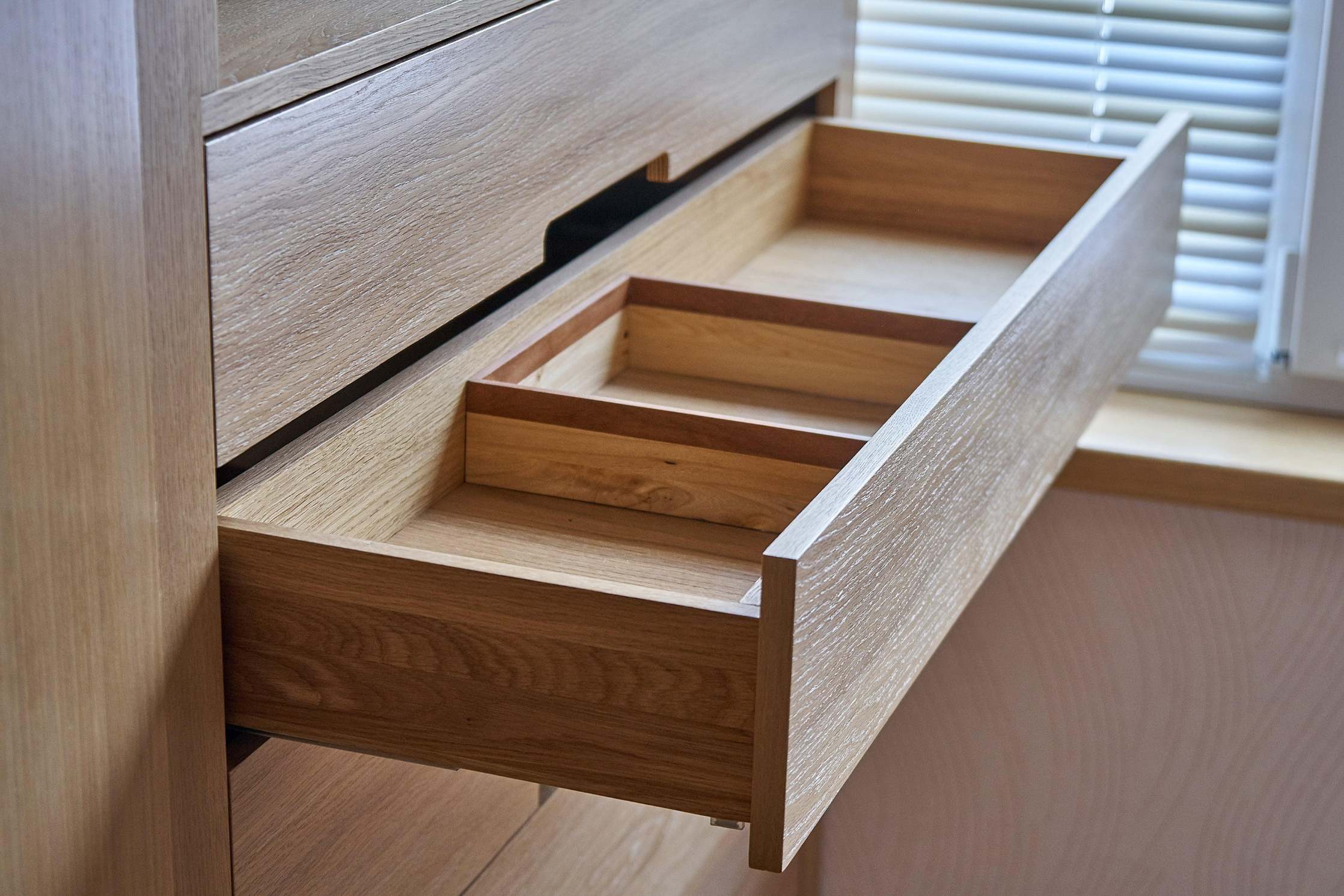
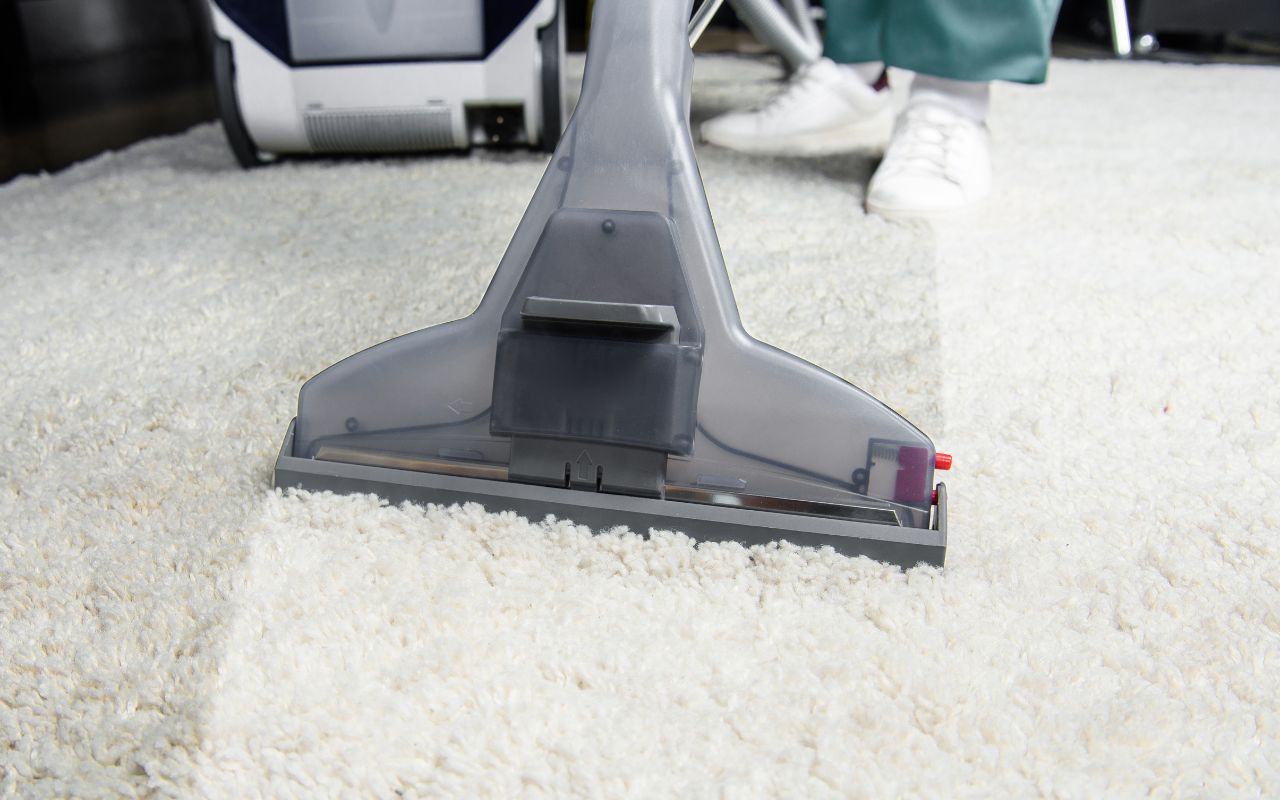
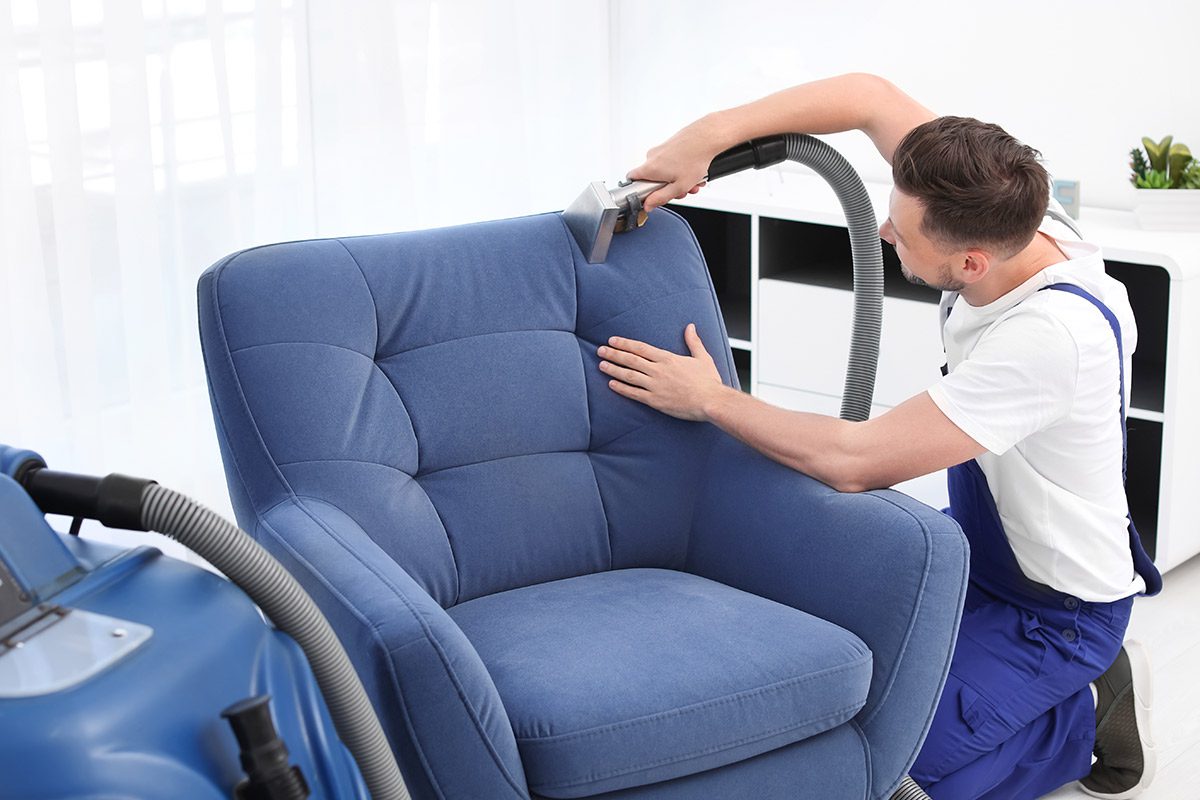
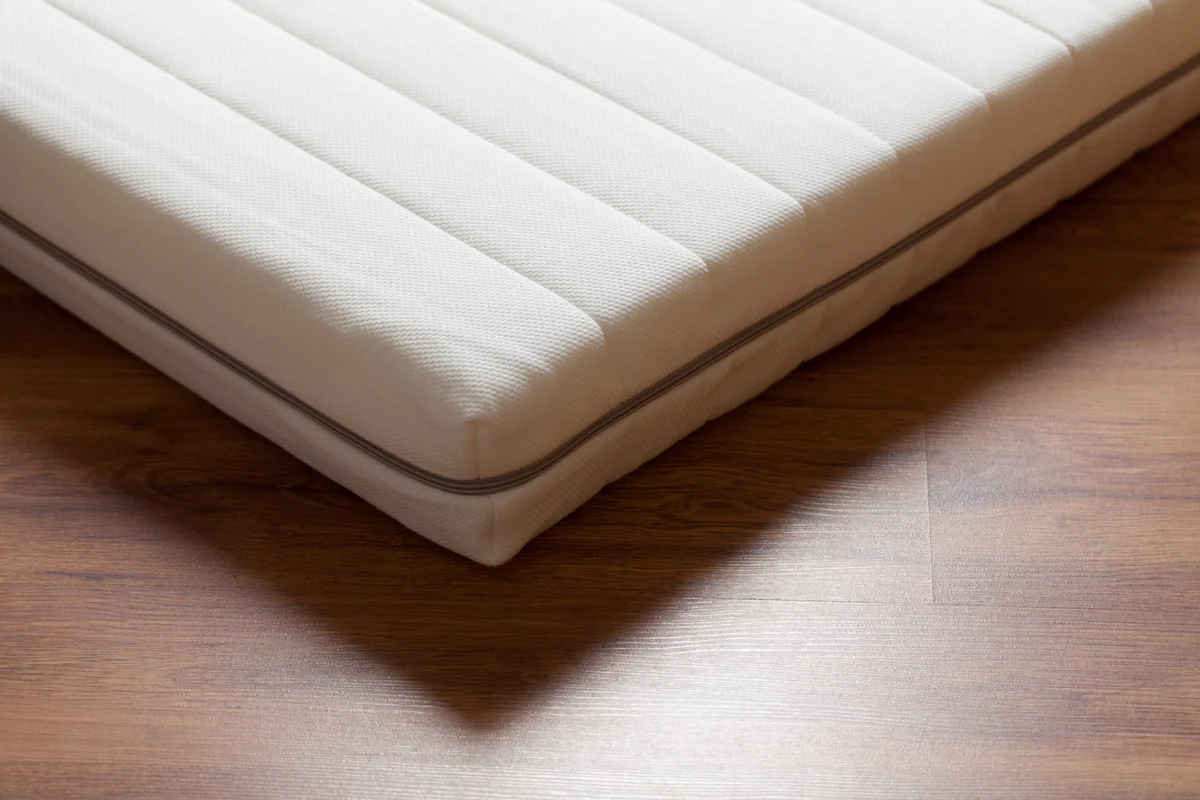

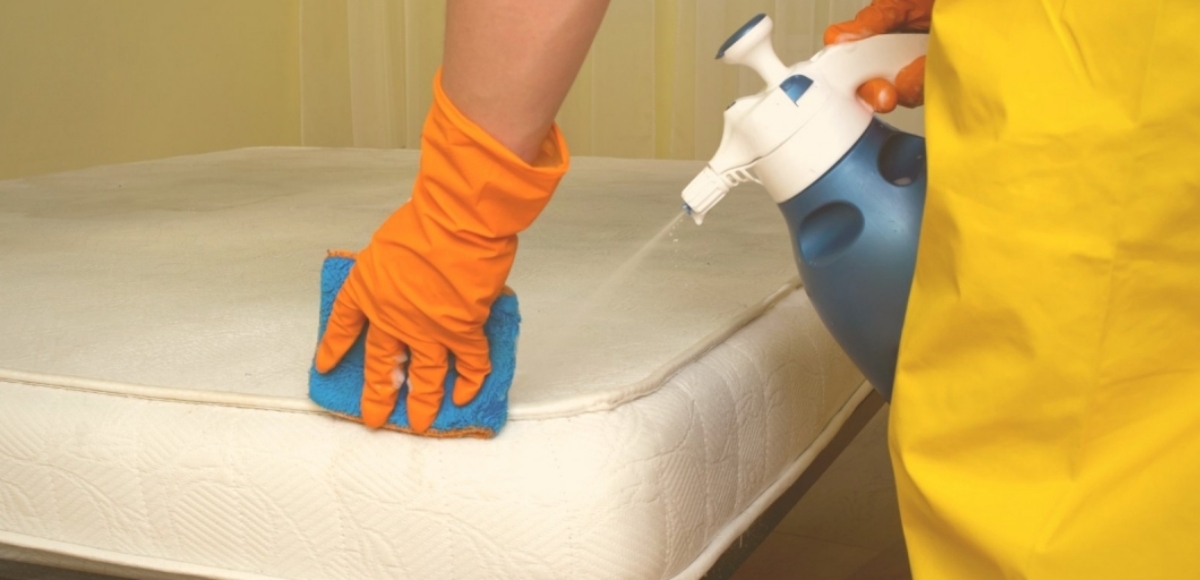
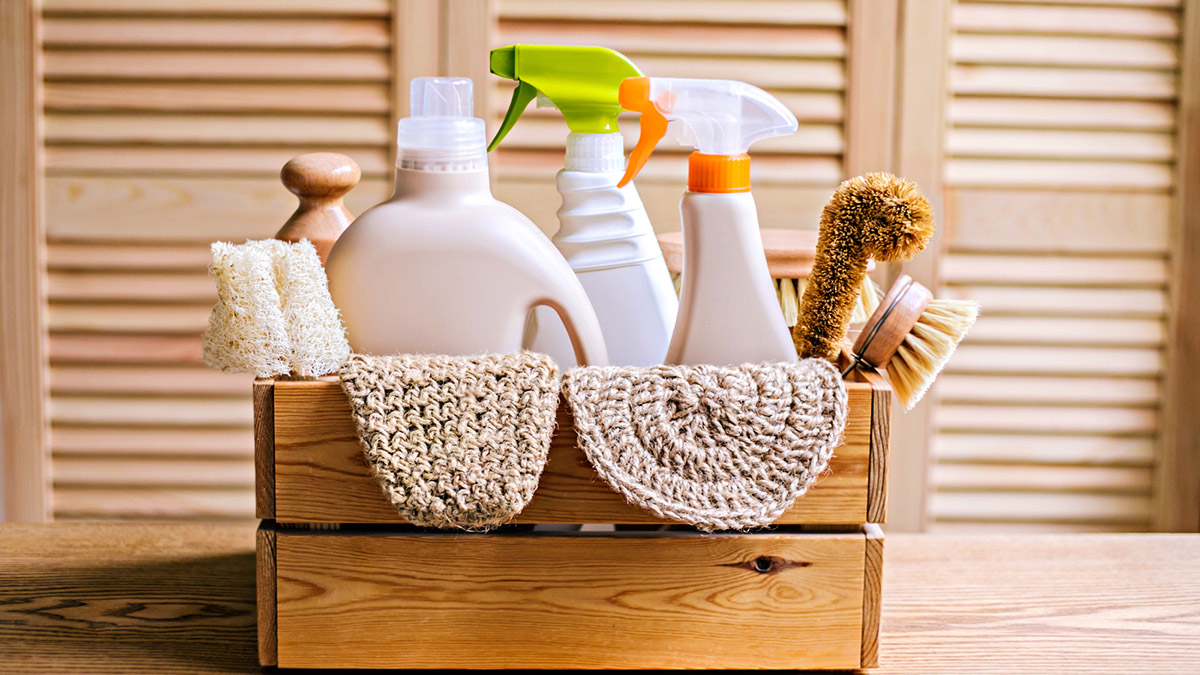


0 thoughts on “How To Get Smell Out Of Lunch Box”